Accelerometers are essential transducers used to measure vibration and acceleration in various applications, including automotive safety, consumer electronics, and industrial machinery. This guide covers the selection, mounting, calibration, data collection, and analysis techniques necessary to effectively use accelerometers for precise vibration measurements.
An accelerometer is a transducer that measures vibration by detecting the acceleration of motion in a structure. It converts the vibration into a proportional electrical signal, following Newton’s Second Law of Motion, which states that acceleration (m/s²) is directly proportional to the net force (Newton) acting on a body and inversely proportional to its mass (kilograms). Accelerometers typically measure acceleration indirectly by detecting the force applied to one of their axes. A common sensing approach is capacitance sensing, where the acceleration is related to changes in capacitance caused by the movement of a mass. Different types of accelerometers, such as piezoelectric and MEMS, use varying mechanical constructions for transduction.
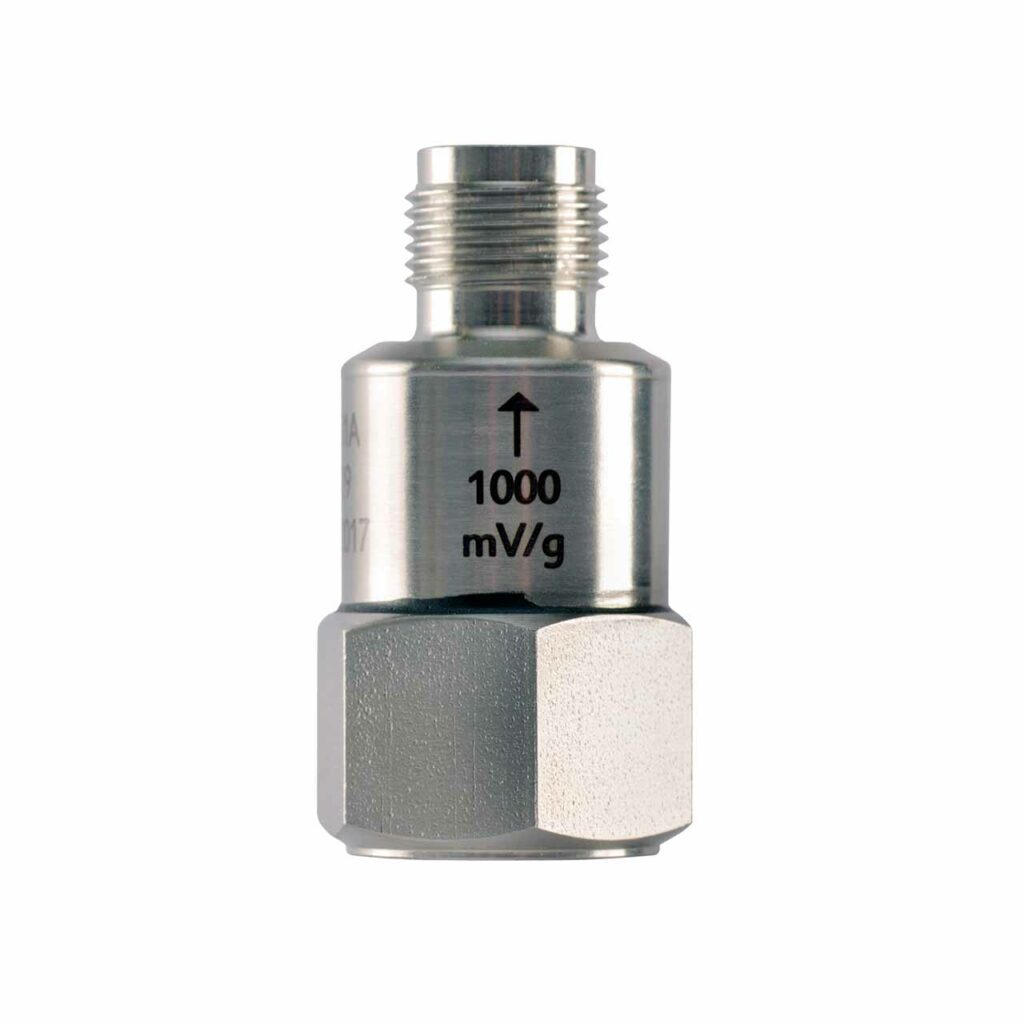
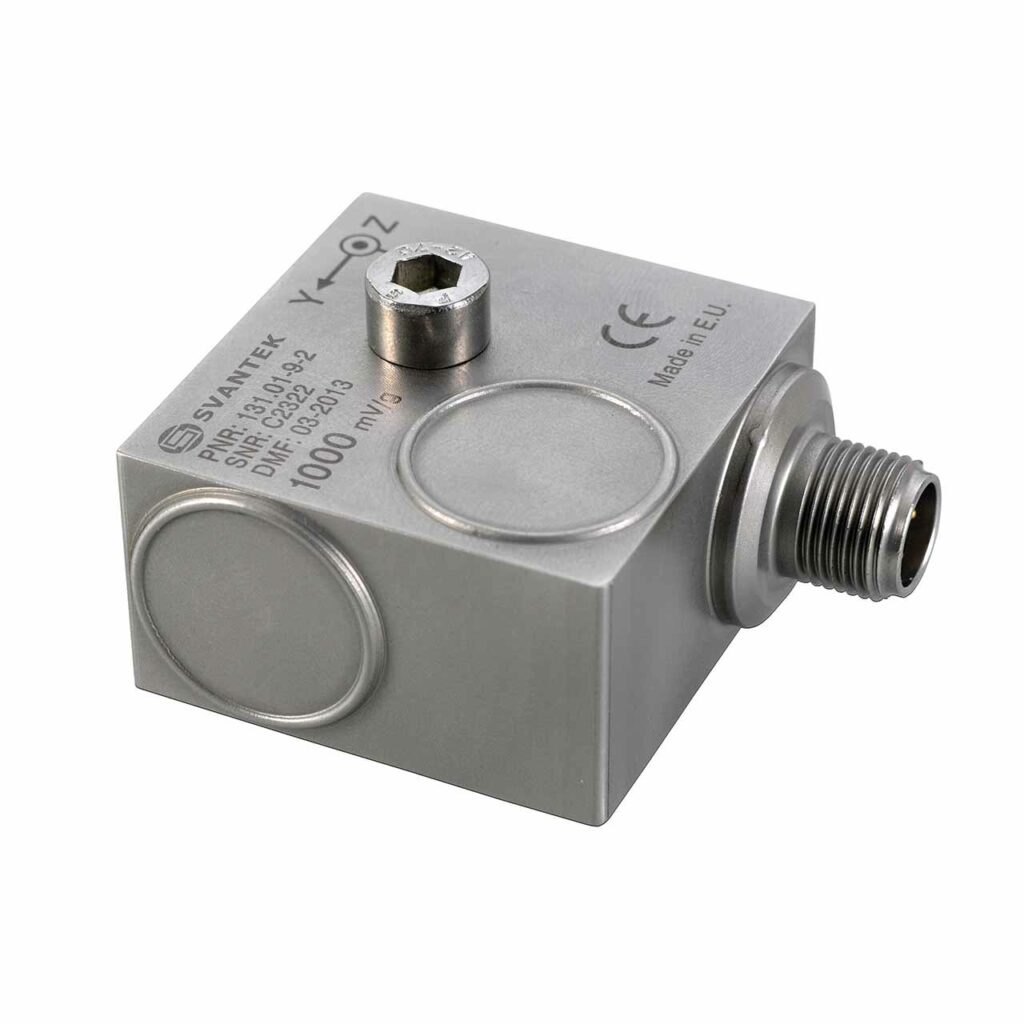
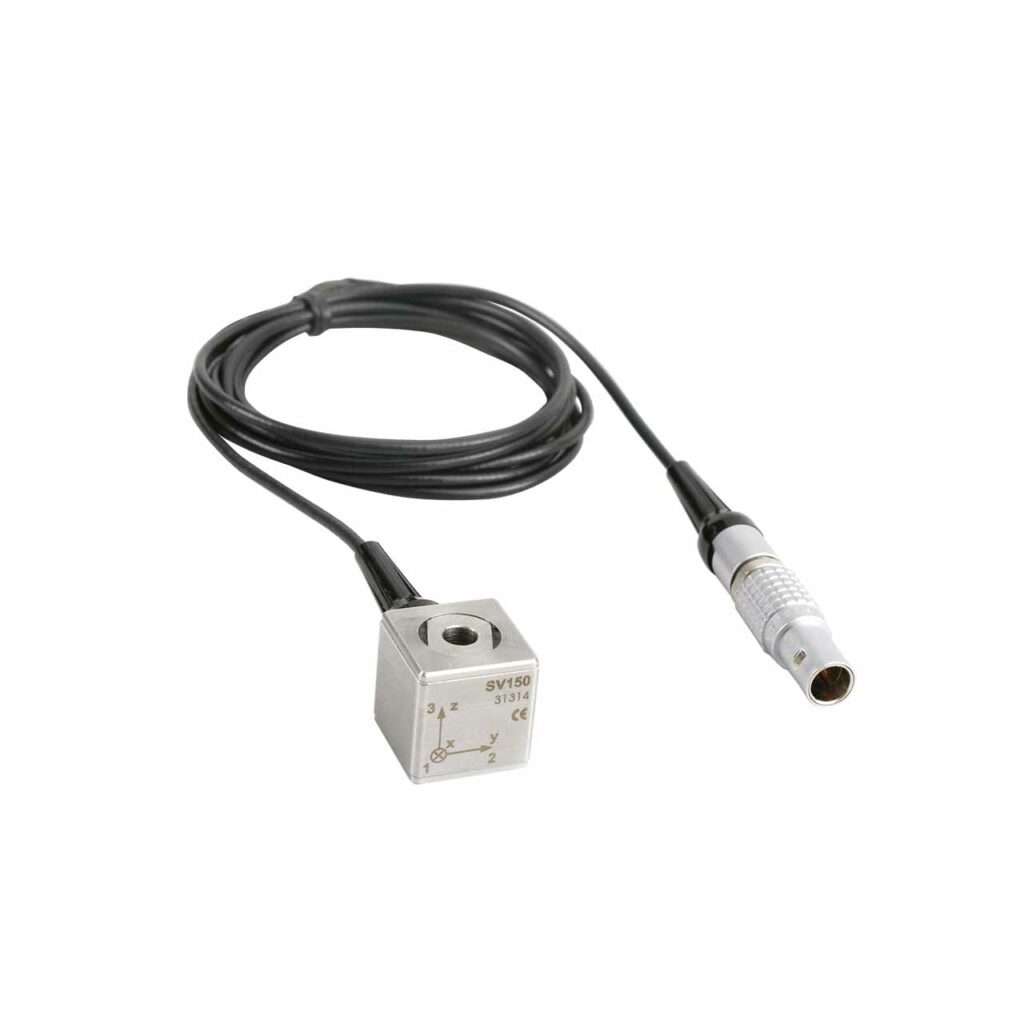
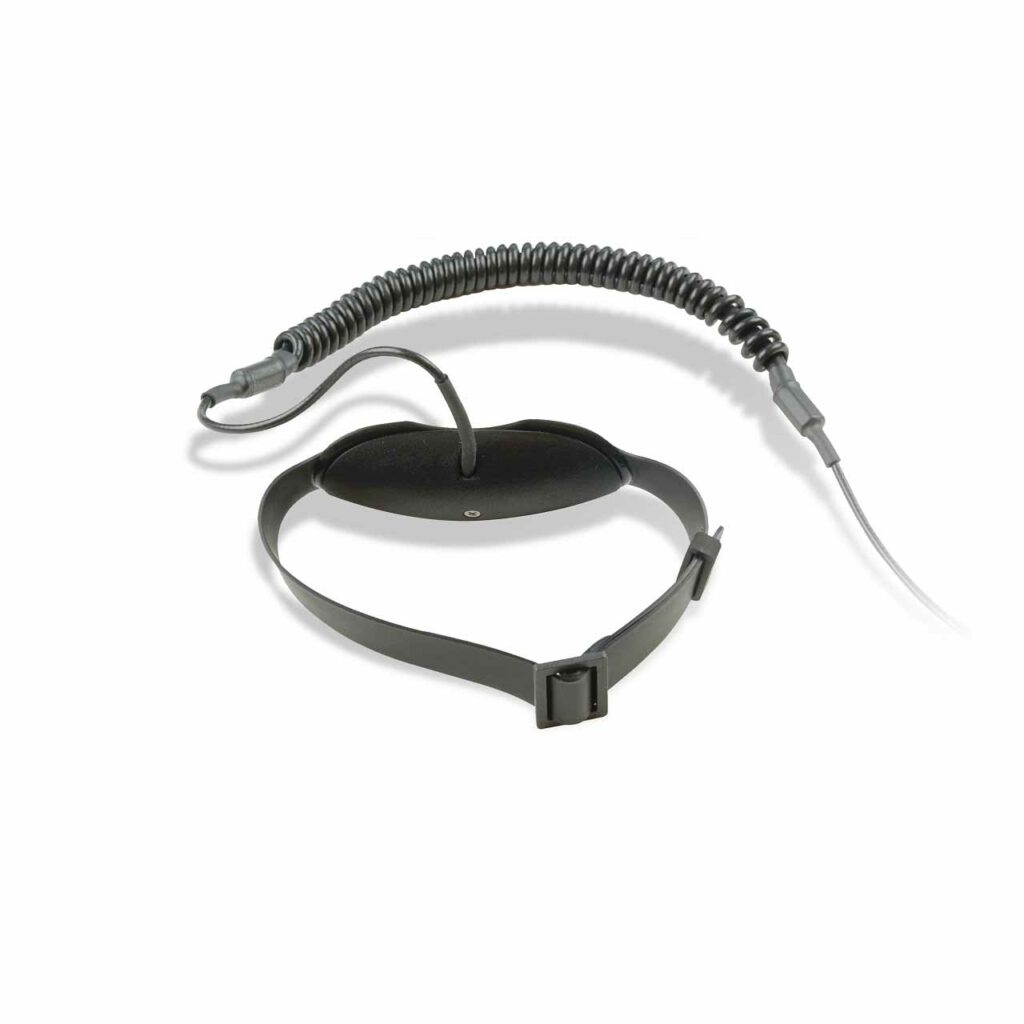
Accelerometers are part of a measurement chain of vibration meters that includes powering, cables, and connectors. Proper powering of the accelerometer is essential to obtain accurate readings. The use of appropriate cables and connectors ensures reliable signal transmission and minimizes data loss. Vibration meters can be single or multichannel, and therefore, accelerometers are available in single and three-axis versions.
The main types of accelerometers include:
Piezoelectric accelerometers: Use a sensing crystal to which a seismic mass is attached. When the sensor experiences acceleration, the mass exerts force on the crystal, generating an electrical charge proportional to the acceleration. This high-impedance signal can be measured directly or conditioned by electronic circuits. Piezoelectric accelerometers are commonly used in industrial vibration measurements and high-frequency applications.
MEMS (Microelectromechanical systems) accelerometers: Built using microfabrication technology, these accelerometers consist of tiny mechanical components on a silicon chip. They detect acceleration by sensing changes in capacitance caused by the movement of a micro-machined mass. MEMS accelerometers are widely used in consumer electronics, automotive safety, and low-frequency vibration measurements.
Piezoresistive accelerometers: These accelerometers use materials that change electrical resistance under mechanical stress. They are similar to strain gauges and are often used in high-bandwidth applications, such as crash testing, where they measure short-duration, high-frequency events.
Strain gauge accelerometers: These devices use strain gauges attached to a structure that deforms under acceleration. This deformation changes the resistance of the strain gauges, which is measured using a bridge circuit. Strain gauge accelerometers are ideal for measuring static and low-frequency accelerations and are commonly used in automotive safety systems like ABS and traction control.
Many measurement tasks call for tracking vibration in more than one direction, which is why triaxial accelerometers (like the SV 38, SV 38V, SV 85, or SV 151) are available. These sensors measure vibration in the X, Y, and Z axes at the same time. For example, the SV 38 seat accelerometer uses three MEMS transducers and covers frequencies from 0.1 Hz to 100 Hz. By capturing three-axis data, you can see how vibrations are distributed or transferred across different directions—crucial for complete whole-body vibration analysis or detailed structural health checks. Single-axis models (like the SV 80 or SV 81), on the other hand, focus on measurements along just one axis, which is often used for simpler machine checks or targeted measurements in industrial applications
Accelerometers are crucial because they provide precise measurements of vibration and acceleration, which enhance safety, enable predictive maintenance, and support various applications, such as navigation, structural health monitoring, and medical equipment. Their ability to measure real-time data makes them indispensable across industries like automotive, aerospace, industrial machinery, and healthcare, where reliable and accurate data is critical for operational safety and efficiency.
A vibration accelerometer can measure:
Accelerometers are crucial in designing, operating, and maintaining systems across various industries. Different types of accelerometers are selected based on their specific capabilities and the requirements of the application:
While many of these accelerometers focus on machinery or human-body vibrations, you can also adapt them for building and ground vibration measurements. For instance, the SV 84 triaxial accelerometer, with its 0.2 Hz low-frequency capability, can pick up slow-moving vibrations common in structures. Mounting the SV 84 to a building wall helps analyze ground-transmitted vibrations, including potential seismic activity. This is especially relevant for earthquake risk assessments, long-term structural integrity checks, or environmental vibration monitoring near construction sites.
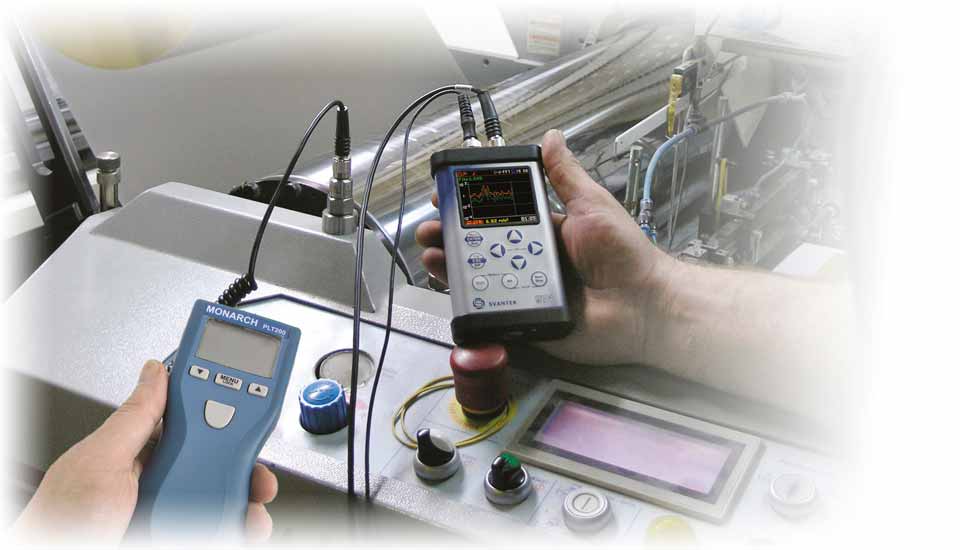
When selecting an accelerometer for a given application, consider the following key characteristics:
Some accelerometers, particularly MEMS-based ones like the SV 38 and SV 38V, inherently use less power and may also include built-in memory (TEDS) to streamline setup. These features help if you’re working with battery-powered instruments (e.g., portable vibration meters) or remote field setups. Because MEMS accelerometers draw relatively low current, they’re suitable for continuous monitoring in long-term applications. Even with IEPE accelerometers (like the SV 81 or SV 84), power is typically provided via the IEPE standard—ensuring the meter both powers the sensor and reads back its signal. For efficient energy use, always check the sensor’s operating voltage requirements and any available low-power modes before starting your measurements.
Using accelerometers for vibration measurements requires specific expertise. Engineers, technicians, and researchers must ensure proper mounting, calibration, and data collection methods. The accelerometer is connected to a vibration meter, and environmental factors like temperature and humidity must be considered to ensure accurate readings.
To ensure accurate measurements, accelerometers need an initial calibration in a laboratory, followed by periodic recalibration every two years. The calibration process involves comparing the accelerometer’s output with known reference values and adjusting if necessary. Regular in-situ checks using handheld calibrators, such as the SV110, are also essential to maintain accuracy over time.
Noise can mask actual vibration signals, making it harder to see small changes in acceleration. Many accelerometers in the Svantek lineup minimize noise by:
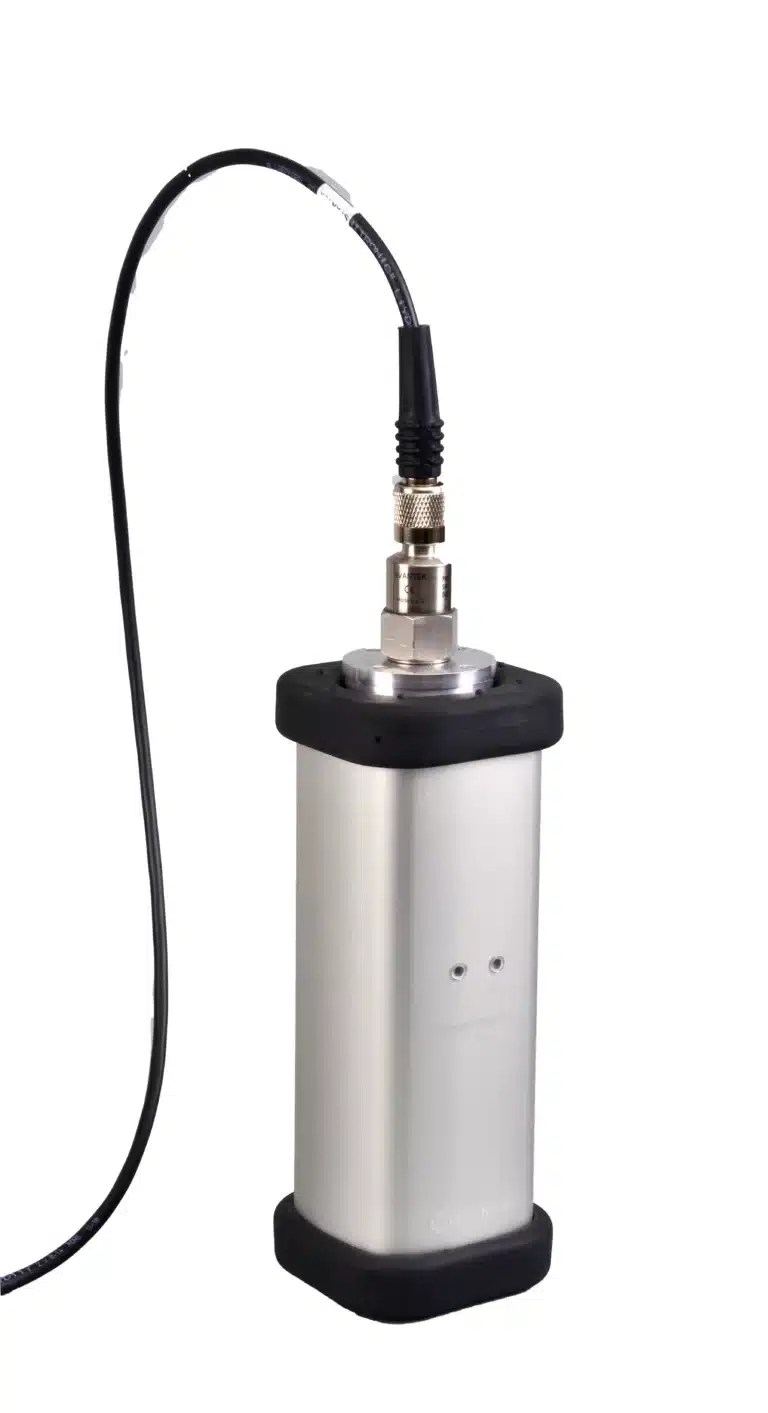
Accurate vibration measurements depend on correct mounting techniques. Accelerometer manufacturers typically describe the following mounting methods:
Properly securing the accelerometer to the machinery or structure minimizes interference and ensures that the sensor accurately captures the vibrations.
Setting up a data acquisition system involves configuring the equipment (vibration meter) to record vibration data accurately. Selecting the appropriate sampling rate and data logging parameters is crucial for capturing the necessary details and avoiding data loss. It’s essential to select results like PEAK, RMS, MAX, PEAK-PEAK, VDV, or frequency spectrum analyses such as FFT or 1/3 octaves, and recording raw data (WAV recording).
Once data is collected, it needs to be processed and analyzed. Specialized software, such as SvanPC++ tools, apply filters and algorithms to the raw data, extracting meaningful information about vibration patterns, frequencies, and amplitudes.
The final step involves interpreting the processed data to understand the condition of the machinery or structure. Based on this analysis, engineers and technicians can make necessary adjustments to improve performance, prevent failures, and ensure safety.